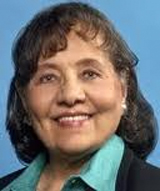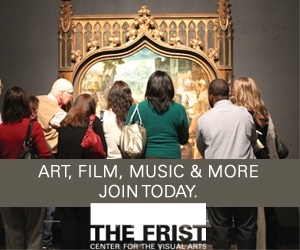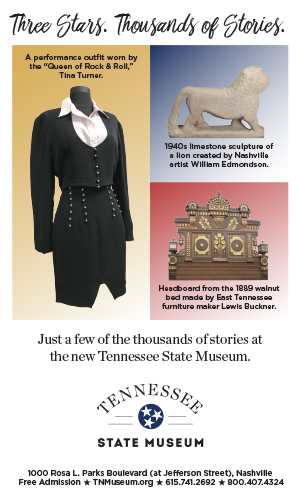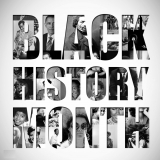Archives: Detail
Spotlight Article
Details
| Date: | 2012-02-27 |
|---|---|
| Article Title: | Black History Spotlight on Diane Judith Nash |
| Article: | Diane Nash is perhaps one of the most important figures during the 1960s Civil Rights Movement and one of the more notable Freedom Riders who served as a leader and strategist of the student wing during this era. A historian once described her as "…bright, focused, utterly fearless, with an unerring instinct for the correct tactical move at each increment of the crisis; as a leader, her instincts had been flawless, and she was the kind of person who pushed those around her to be at their best—that, or be gone from the movement." Her powerful and effective efforts included the first successful civil rights campaign to de-segregate lunch counters in Nashville, Tennessee, participating as a Freedom Rider where she helped de-segregated interstate travel; founder of the Student Nonviolent Coordinating Committee (SNCC); and the Selma Voting Rights Movement campaign which resulted in African Americans getting the vote and political power throughout the South. Nash’s journey began when she was born May 15, 1938 to Leon Nash and Dorothy Bolton Nash and raised in Chicago, Diane was shielded her from the harshness of the world by her parents. It disgusted her that there were people in the world who were accepting of segregation. Nash refused to let herself think like that and refused to allow others to make her feel inferior to the racist white southerners. Therefore, Nash began to show signs of leadership and became a full-time activist. She attended Howard University in Washington, D.C., then transferred south to Fisk University in Nashville, Tennessee. She was shocked by her first experience with widespread segregation. She attended many workshops at Fisk University with both John Lewis and Rev. James Lawson. James Lawson had studied Mahatma Gandhi's techniques of nonviolent direct action and passive resistance while studying in India. By the end of her first semester at Fisk, she had become one of Lawson's most devoted disciples. Although originally a reluctant participant in non-violence, Nash emerged as a leader due to her well-spoken, composed manner when speaking to the authorities and to the press. In 1960 at age 22, she became the leader of the Nashville sit-ins, which lasted from February to May. Unlike previous movements which were guided by older adults, this movement was led and composed primarily of students and young people. As the civil rights era was re-examined, Nash's contributions began to be more fully recognized. She appears in the award-winning documentary film series Eyes on the Prize and in PBS' 2011 American Experience documentary on the Freedom Riders, and is featured in David Halberstam's book The Children, as well as Diane Nash: The Fire of the Civil Rights Movement. Her later awards include Distinguished American Award from the John F. Kennedy Library and Foundation (2003), the LBJ Award for Leadership in Civil Rights from the Lyndon Baines Johnson Library and Museum (2004), and the Freedom Award from the National Civil Rights Museum (2008). An extremely successful activist in various aspects of the Civil Rights Movement, Diane Nash was an extraordinary woman who played a pivotal role in gaining social justice for many people nationwide. |








